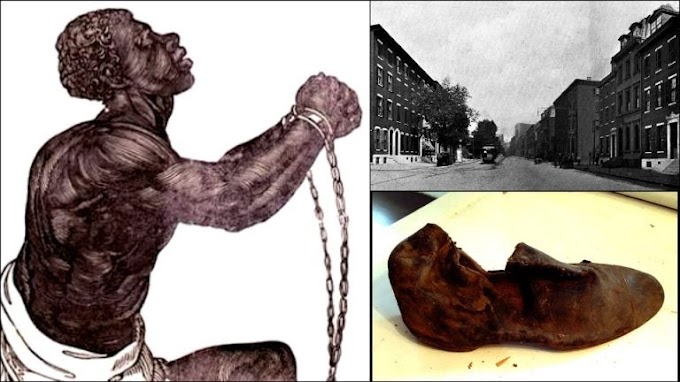In 1579, a tall African man now known by the name of Yasuke arrived in Japan.
His height was roughly 6 feet, 2 inches and he had skin like charcoal historians said. The average height of a Japanese man in 1900 was 5 feet 2, so Yasuke would have towered over most Japanese people in the 16th century.
In 1579, his arrival in Kyoto, the capital at the time, caused such a sensation that people climbed over one another to get a glimpse of him with some being crushed to death, according to historian Lawrence Winkler.
In 1581, the Bantu man alongside Alessandro Valignano set foot in Japan’s capital and booming metropolis, also serving as headquarters of the then daimiyo, Oda Nobunaga. It was here that accounts describe multitudes of people from far and wide coming to witness the tall, strong dark-skinned man.
So strange was this man, that natives likened him to a deity and once broke down the gates of a missionary church to catch a glimpse of him. Oda Nobunaga upon seeing this wonder of a man himself ordered that he strip down and wash off the dark ink from his skin convinced that he might have been a missionary playing a joke. Much to his surprise, no ink came off nor did the skin tone change in the slightest.
Genuinely intrigued by this enigma of a man, Nobunaga quickly took an appreciation for his integrity, but of more significance perhaps, his physical prowess even openly stating that he possessed the strength of ten men! It was with this royal decree that he entered into Nobunaga’s service effectively becoming a samurai. The mysterious Bantu man was even accorded a name, Yasuke!
Other than a piece of land and a house upon it, Yasuke like other samurai was afforded two blades. A long sword- (katana) and another short ceremonial sword. In addition to this, logic dictated that Yasuke learnt how to not only fight but carry himself honourably and diligently as thousands of samurai did before him.
Through the ranks, he rose quickly and soon enough, Yasuke was Oda Nobunaga’s closest companion. He even had the rare privilege of dining with the warlord, a fete even native allies were yet to achieve.
It is recorded, Yasuke rode with Oda Nobunaga into battle and unleashed his ferocity and raw strength, laying waste to all who stood up to the tower of a man relative to the native’s short build. More to this, it was customary for Yasuke to ride alongside his master Oda Nobunaga as he surveyed newly conquered lands. A position of envy to many of Oda’s subordinates. Worse still, occupied by a foreigner. This was not going to last long, however.
In 1582, on their way back from conquest, Nobunaga famously split his army and sent them forward to scour the area for new lands to conquer while he rested in a temple nearby. A surprise attack was launched and Nobunaga’s remaining forces were quickly overpowered. To avoid capture, Nobunaga was forced to commit ritualistic suicide (sepeku).
In the midst of the chaos, Yasuke saw the futility of the fight and rode ahead to secure Nobunaga’s heir, Oda Nobutada. Despite waging a defence fit for the history books and Yaskue’s best efforts, the young prince’s armies were overwhelmed and he too was forced to commit sepeku.
In the same breath, Yasuke was captured and was quickly banished owing to him not being native Japanese. He was sent back to the Jesuit Missionary Church where he was met with his former master Alessandro Valignano who sang and rejoiced upon his safe return.
Much about him remains a mystery: it’s unconfirmed which country in Africa he hailed from, and there is no verifiable record of his life after 1582. But Yasuke was a real-life Black samurai who served under Oda Nobunaga, one of the most important feudal lords in Japanese history and a unifier of the country. Yasuke is now the subject of two films and a Netflix Anime series.









0 Comments